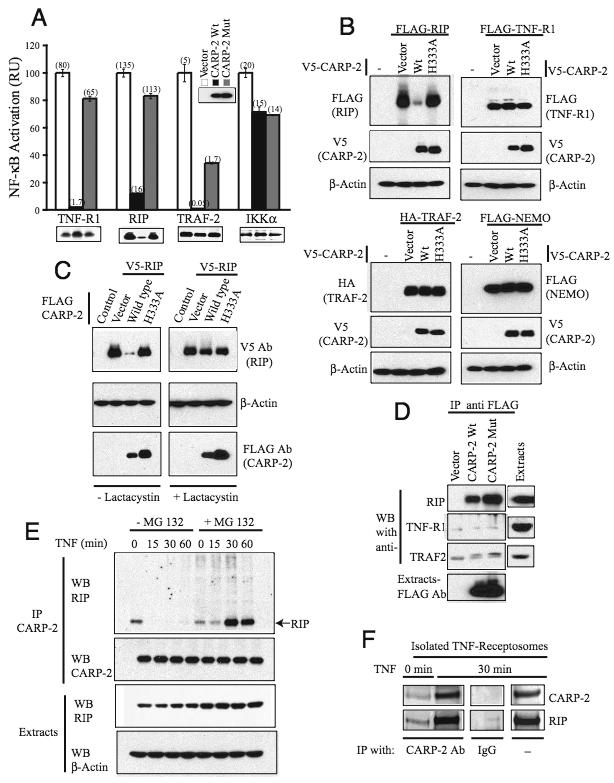Fig. 3. CARP-2 functions at the level of the early TNF-R1 complex.

(A). CARP-2 inhibits NF-κB activation induced by early TNF-R1 complex components. Extracts from 293T cells transfected with indicated constructs along with reporter plasmids were assayed for reporter activities. The fold increase in the activity relative to vector background is shown in parenthesis. Expression of signaling molecules and one representative set of CARP-2 are shown.
(B) and (C). CARP-2 downregulates, and lactacystin rescues RIP expression. Expression of exogenous proteins in the extracts of 293T cells transfected with indicated constructs and treated with proteasomal inhibitor lactacystin are shown.
(D). CARP-2 binds to endogenous RIP. Extracts from 293T cells expressing FLAG-CARP-2 variants were immunoprecipitated with anti-FLAG antibody and probed for indicated proteins.
(E). Endogenous CARP-2 binds and promotes endogenous RIP degradation in TNF-stimulated cells. CARP-2 from extracts of TNF-stimulated HeLa cells was immunoprecipitated and probed for RIP and CARP-2.
(F). Endogenous CARP-2 binds endogenous RIP in TNF receptosomes. TNF receptosomes isolated from MG-132 treated HeLa cells were subjected to immunoprecipitation with anti-CARP-2 antibody coupled to magnetic MACS microbeads or with anti-rabbit IgG magnetic microbeads. RIP and CARP-2 in total receptosomes are shown.
